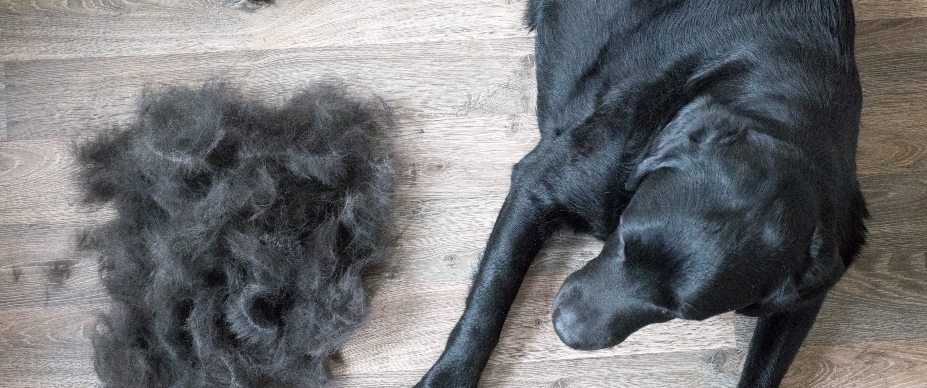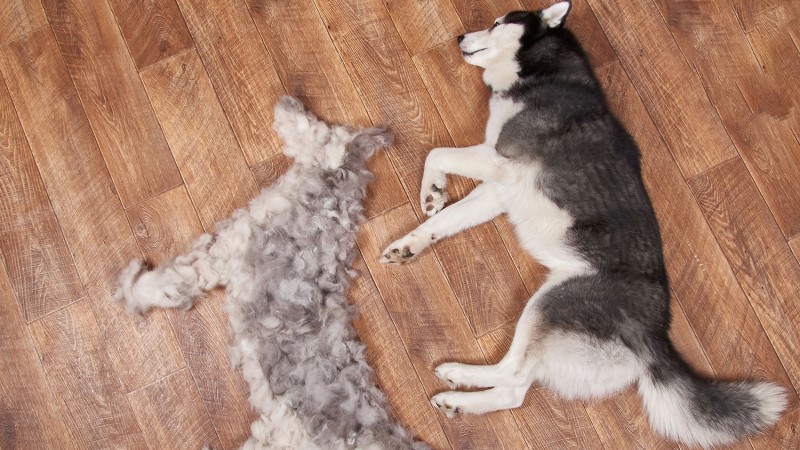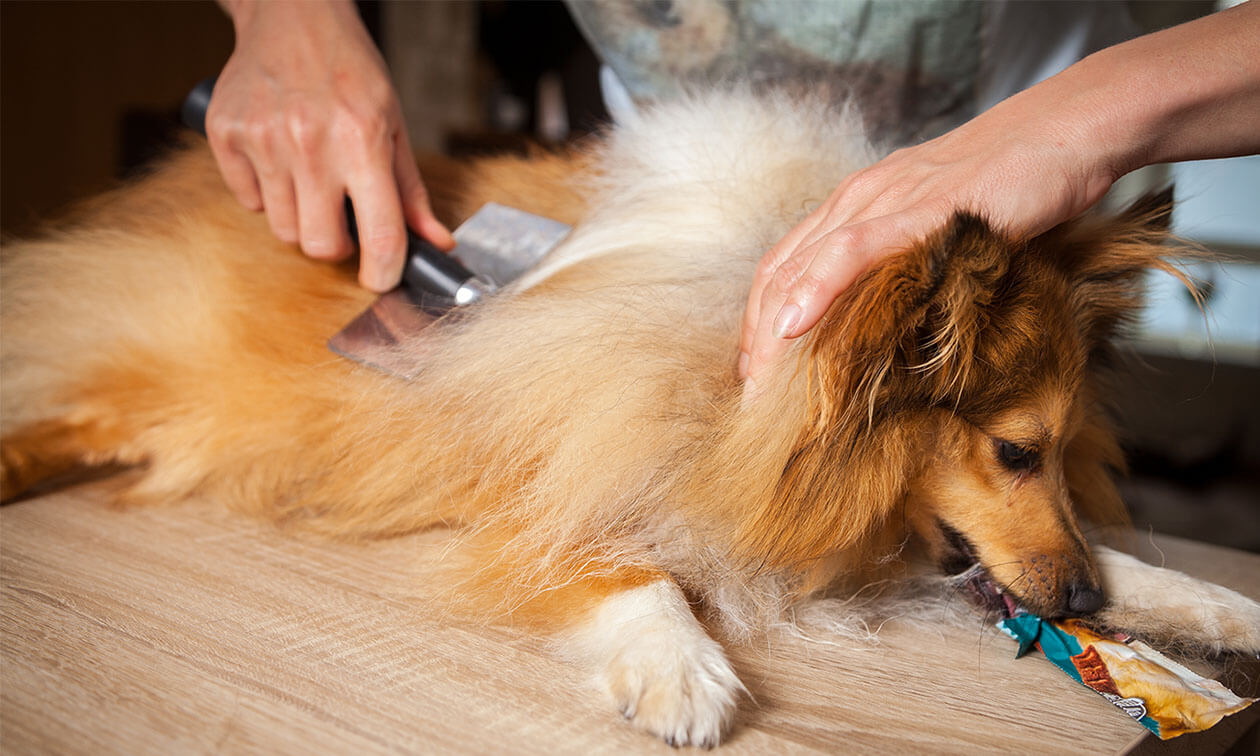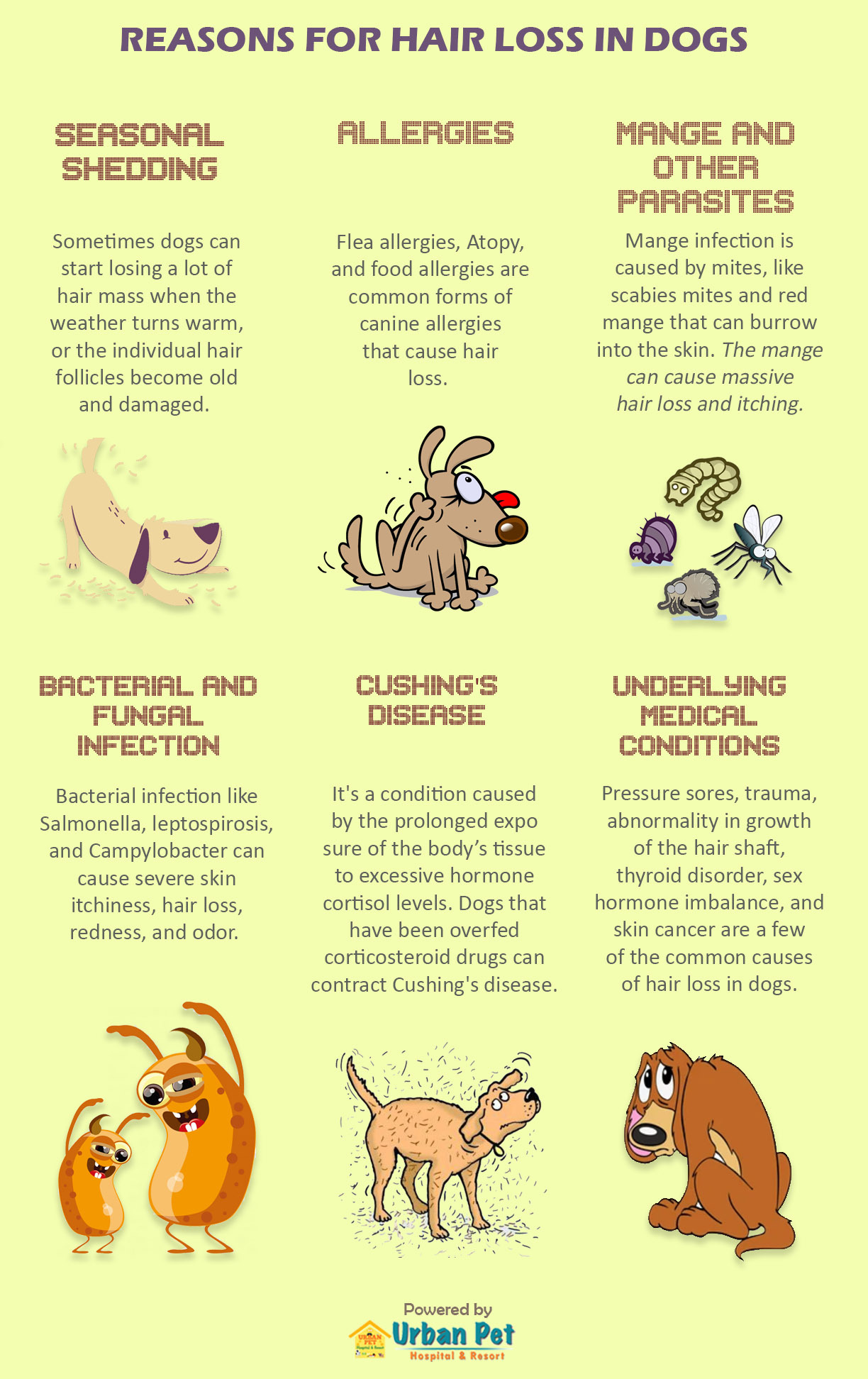Why Is My Dog Hair Shedding So Much? What Every Pet Parent Needs to Know

As a caring pet parent, noticing that your dog is shedding more hair than usual can be alarming. Dogs shed naturally to remove old or damaged fur, but excessive shedding can signal underlying issues that need attention. Understanding why is my dog hair shedding so much is crucial for maintaining your dog’s health and comfort. This article explores the common reasons behind heavy shedding, how to manage it safely, and when it’s important to consult a veterinarian.
Understanding Dog Hair Shedding: What’s Normal and What’s Not?
What Does Normal Shedding Look Like?
Dogs shed hair to renew their coat and adjust to environmental changes. Some shedding is expected daily, and breeds with thick double coats (like Huskies or Golden Retrievers) tend to shed more than short-haired breeds. Seasonal shedding usually increases in spring and fall.
Some useful links below :
When Should You Worry About Excessive Shedding?
If you notice hair loss in clumps, bald patches, inflamed skin, or your dog is scratching excessively, this could indicate abnormal shedding. Other signs to watch for include:
-
Red or irritated skin under shedding areas
-
Changes in behavior such as lethargy or irritability
-
Dull, dry, or brittle fur
-
Unexplained weight changes
Why Is My Dog Hair Shedding So Much? Common Causes

Some useful links below :
1. Seasonal and Breed-Related Shedding
Seasonal shedding allows dogs to adapt their coats to temperature changes. This natural process can lead to large amounts of hair coming off during specific months.
2. Nutritional Deficiencies Affecting Coat Health
A poor diet lacking essential fatty acids (Omega-3, Omega-6), vitamins (A, E, B complex), and minerals like zinc can cause weak hair follicles and increased shedding. Feeding a balanced diet supports healthy fur and skin.
3. Allergies and Environmental Irritants
Dogs can be allergic to pollen, dust, molds, or certain foods. Allergies often cause itching and inflammation, leading to excessive shedding as dogs scratch or lick themselves frequently.
4. Parasites Such as Fleas, Ticks, and Mites
Parasites irritate the skin and cause discomfort that triggers hair loss. Mange mites, fleas, and ticks are common culprits behind patchy bald spots and severe itching.
5. Stress, Anxiety, and Changes in Environment
Stressful situations such as moving homes, new pets, or changes in routine can cause temporary hair loss in dogs, often referred to as telogen effluvium.
6. Hormonal Imbalances and Medical Conditions
Diseases such as hypothyroidism, Cushing’s disease, or hormonal changes post-spaying/neutering affect the hair growth cycle and can cause excessive shedding.
7. Skin Infections and Dermatitis
Bacterial or fungal infections may cause inflammation and hair loss. Such infections often require medical treatment to resolve.
How to Manage Excessive Dog Hair Shedding
Regular Grooming and Brushing
Brushing your dog regularly removes loose fur and distributes natural oils, reducing shedding inside your home. Choose the right brush for your dog’s coat:
-
Slicker brushes for long, thick fur
-
Bristle brushes for short coats
-
Undercoat rakes for double-coated breeds
Balanced Diet for Skin and Coat Health
Ensure your dog’s diet includes:
-
High-quality proteins
-
Omega-3 and Omega-6 fatty acids (found in fish oil)
-
Vitamins A, E, and Biotin
-
Minerals like zinc
Supplements can help, but consult your veterinarian before adding them.
Some useful links below :

Parasite Prevention and Treatment
Use veterinarian-approved flea and tick preventatives year-round. Early treatment avoids skin irritation and secondary hair loss.
Allergy Identification and Management
Work with your vet to identify allergens. Hypoallergenic diets and medications can reduce allergic reactions and related shedding.
Stress Reduction and Environmental Stability
Maintain a consistent routine, provide regular exercise, and mental stimulation to reduce stress-induced shedding.
Veterinary Care for Underlying Health Issues
Some useful links below :

If shedding is excessive or accompanied by other symptoms, a vet visit is necessary for blood tests, skin scrapings, and diagnosis.
Recommended Amazon Products to Help Control Shedding
Here are some highly rated products to assist with managing your dog’s shedding:
| Product | Description | Amazon Link |
|---|---|---|
| FURminator deShedding Tool | Professional brush to reduce shedding by up to 90% | https://amzn.to/45n7GmB |
| Omega-3 Fish Oil for Dogs | Supports skin hydration and shiny coat | https://amzn.to/4lhwmCT |
| Veterinary Formula Hypoallergenic Shampoo | Soothes skin and reduces shedding | https://amzn.to/3UQuQgm |
| Wondercide - Flea & Tick Shampoo for Dogs and Cats | Treats and prevents flea and tick infestations | https://amzn.to/45qyWR7 |

Q1: Why is my dog shedding so much all of a sudden?
A: Sudden excessive shedding can be caused by allergies, parasites, stress, or medical issues. If it persists, consult a vet.
Q2: Can diet affect how much my dog sheds?
A: Yes, a poor diet lacking essential nutrients can cause increased shedding and dull fur.
Q3: How often should I groom my dog to reduce shedding?
A: Ideally, brush your dog 2-3 times per week; more during heavy shedding seasons.
Q4: Is excessive shedding a sign of disease?
A: Sometimes. If shedding is accompanied by skin issues or behavioral changes, seek veterinary advice.
Suggested Internal Links for Pawcartshop SEO
-
Some useful links below :

Comparison Table: Popular Dog Brushes for Shedding
| Brush Type | Best For | Pros | Cons | Price Range |
|---|---|---|---|---|
| FURminator deShedding Tool | Double-coated breeds | Removes undercoat effectively | May irritate sensitive skin | $$ |
| Slicker Brush | Long-haired dogs | Detangles, removes loose hair | Needs careful use | $ |
| Bristle Brush | Short-haired dogs | Gentle, smooths coat | Less effective on heavy shedders | $ |
| Undercoat Rake | Thick double coats | Reaches deep undercoat | Can be tricky for beginners | $$ |

Sample Daily Feeding Plans to Support Healthy Skin and Coat
Puppy (3-6 months)
| Time | Food Type | Portion | Notes |
|---|---|---|---|
| Morning | High-quality puppy kibble | ½ - 1 cup | Rich in protein and fats |
| Afternoon | Boiled chicken & veggies | Small portion | Balanced nutrition |
| Evening | Puppy wet food | ½ - 1 cup | Adds moisture and variety |
Adult Dog (1-7 years)
| Time | Food Type | Portion | Notes |
|---|---|---|---|
| Morning | Grain-free dry food | 1 - 2 cups | Contains Omega fatty acids |
| Afternoon | Fish oil supplement | As per vet advice | Supports coat health |
| Evening | Wet food with veggies | 1 cup | Hydrating and fiber-rich |
Senior Dog (7+ years)
| Time | Food Type | Portion | Notes |
|---|---|---|---|
| Morning | Senior formula dry food | 1 - 1.5 cups | Supports skin and joints |
| Afternoon | Lean boiled meat/fish | Small portion | Easily digestible protein |
| Evening | Soft wet food | 1 cup | Gentle on digestion |
Some useful links below :

